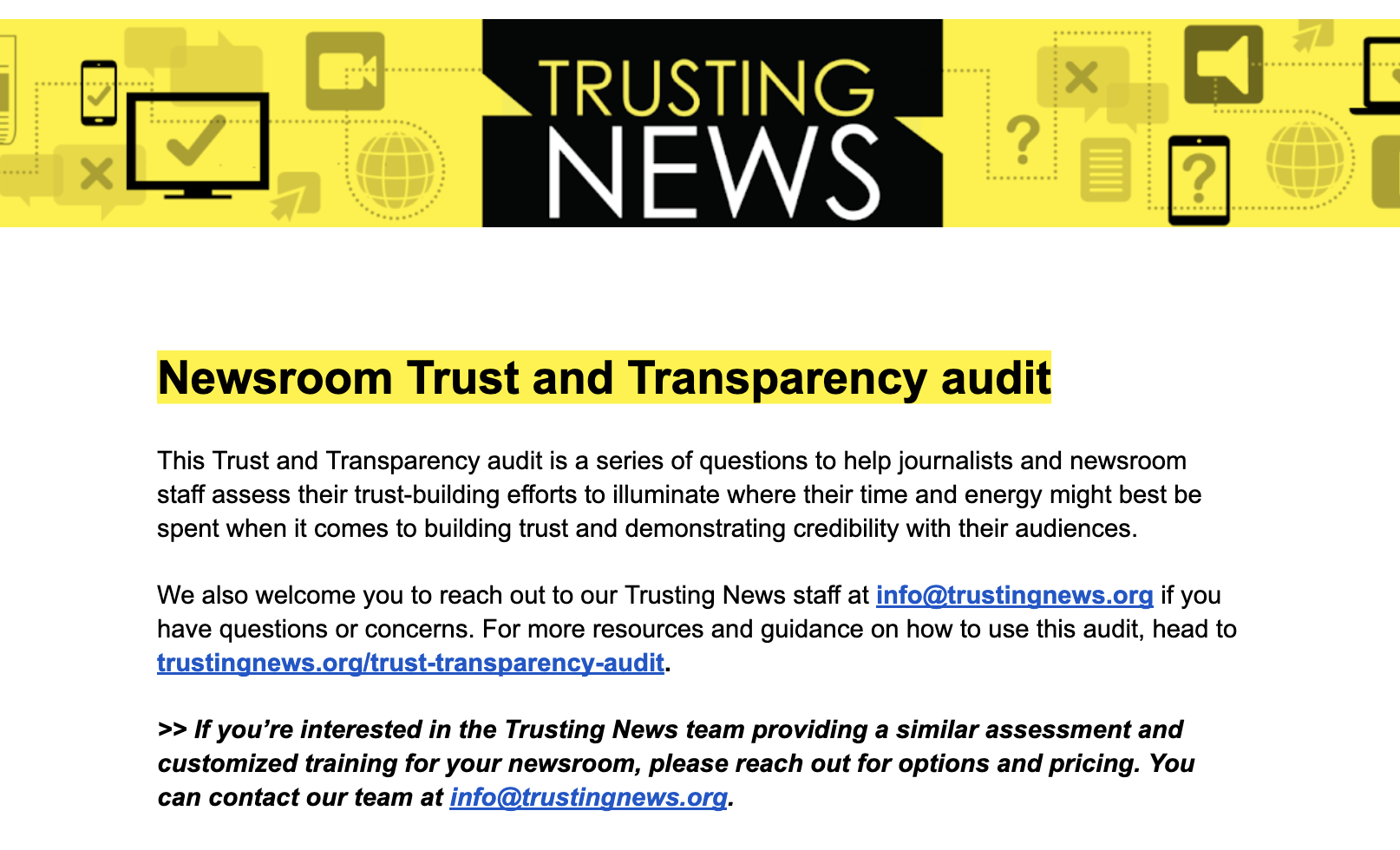
If we get warming of two or three degrees Celsius, then I would expect that both West Antarctica and parts of Greenland would end up in the ocean, and the last time we had an ice sheet disintegrate, sea level went up at a rate of 5 metres in a century, or one metre every 20 years. That is a real disaster, and that's what we have to avoid.
Kerry Obrien -- ABC (Australia) transcript
KERRY O'BRIEN: Jim Hansen, now we've had the IPCC report, do you believe the world has an accurate picture of the risks ahead for global warming?
DR JAMES HANSEN, NASA CLIMATOLOGIST: There is quite a large gap between what is understood about global warming by the relevant scientific community and what is known by the public. The one thing that I've become particularly concerned about is sea level rise, where the current IPCC report is going to suggest smaller numbers than the last report, although all of the information that we're getting in the last year or two points in a very much different direction. Now, in defence of IPCC, their procedure required that they stop getting new inputs more than a year ago and a lot of the data on ice sheet stability has come up in just the last year or two.
KERRY O'BRIEN: What are your particular fears with regard to the melting of the polar ice caps?
JAMES HANSEN: Well, the problem is that the climate system in general has a lot of inertia and that means that it takes time for the changes to begin to occur but then, once they do get under way, it becomes very difficult to stop them and that is true in spades for the ice sheets. If we once begin to disintegrate it will become very difficult, if not impossible, to stop them and we are beginning to see now on both Greenland and west Antarctica disintegration of those ice sheets. They're both losing ice at a rate of about 150 cubic kilometres per year and that's still not a huge sea level rise. Sea level rise is now going up about 3.5 centimetres per decade. So that's more than double what it was 50 years ago.
But it's still not disastrous; it's a problem, but it's not disastrous. But the potential is for a much larger sea level rise. If we get warming of two or three degrees Celsius, then I would expect that both West Antarctica and parts of Greenland would end up in the ocean, and the last time we had an ice sheet disintegrate, sea level went up at a rate of 5 metres in a century, or one metre every 20 years. That is a real disaster, and that's what we have to avoid. ..
KERRY O'BRIEN: You said just a couple of weeks ago that there should be a moratorium on building coal fired power plants until the technology to capture and sequester carbon dioxide emissions is available. But you must know that that's politically unacceptable in many countries China, America, Australia for that matter, because of coal industry jobs and impact on the economy.
JAMES HANSEN: Well, it's going to be realised within the next 10 years or so that we have no choice. We're going to have to bulldoze the old style coal fired power plants. We can burn coal, provided we capture the CO2 and sequester it, and we're working on technology that would allow us to do that and we should have been working a little harder but, nevertheless, we will have, within five to 10 years, we will have that technology. In the meantime, we should be emphasising energy efficiency so that we don't need new old style coal fired power plants. We're just not doing that. Buildings could be 50 per cent more efficient. The architects and engineers will tell you they have the technology to do that, but if it's not required it's not likely to happen. ..
(13 Mar 2007)
more
READ MORE: ABC











